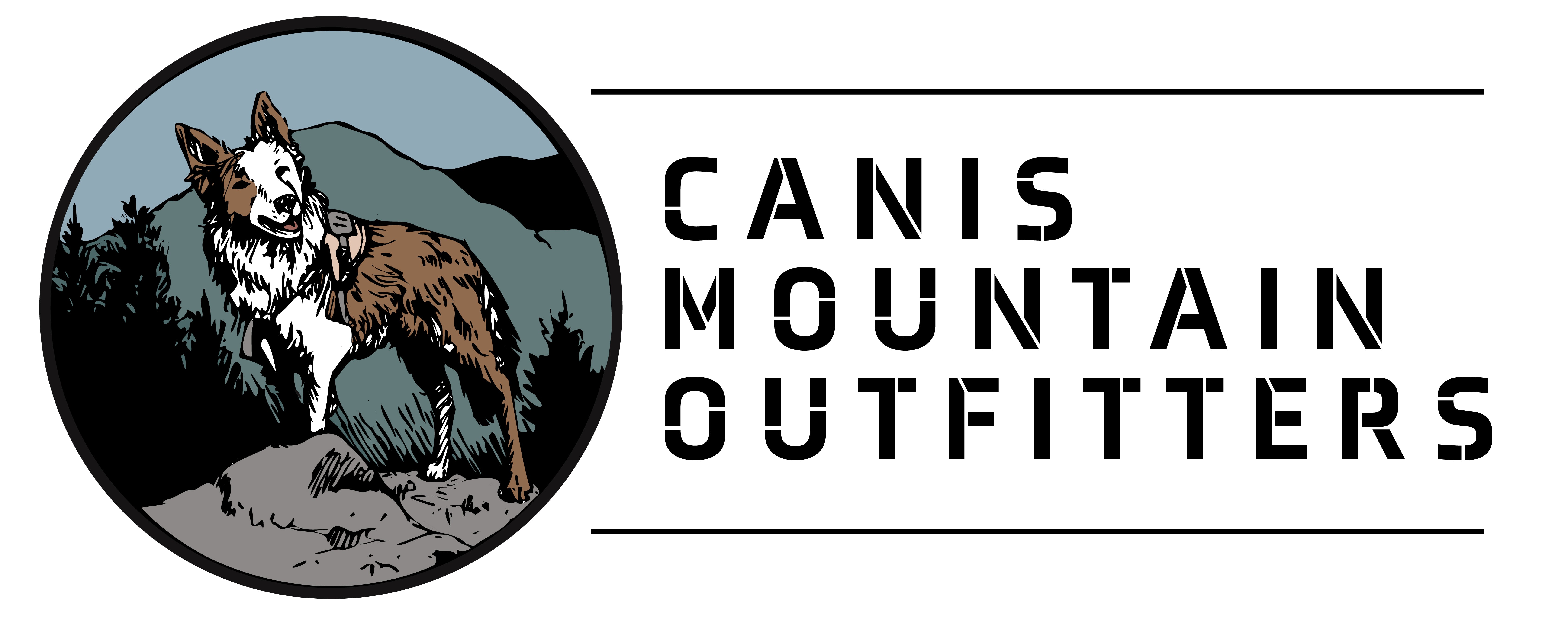Reactivity is not aggression, but it can escalate to be aggression.
Aggression: Dogs that are hostile, injurious, or destructive toward a human or animal.
Aggression in dogs can be due to guarding territory, resources, or a family member. It can also be fear, frustration, prey drive, or pain. In all of these situations, a dog may be pushed too far and can transition quickly from reactive, fearful, or guarding behaviors to being aggressive.
Reactivity: Dogs that overreact to certain stimuli or situations.
Reactivity is commonly confused with aggression. Dogs that are reactive, overreact to certain stimuli or situations. Genetics, lack of socialization, insufficient training to learn self-control, a frightening experience, or a combination of these can cause reactivity, and fear is typically the main reason. Reactive dogs have certain triggers, such as people with hats, small children, or situations when the dog feels trapped on a leash.
Leash-reactive dogs tend to growl, bark, and/or lunge toward things that make them nervous or fearful. These triggers may be other dogs or people and can be specific, such as children, men, people wearing hats, or male/female dogs. Dogs that display these behaviors are trying to prevent a fight by making the threat go away or by increasing the distance between themselves and the threat.
Since dogs can’t talk, they rely on their body language tell other dogs and humans how they are feeling about different situations. Below are common body language signals that everyone who interacts with dogs should understand.
Signs of a friendly dog:
• Relaxed body
• Happy expression, soft mouth
• Wagging tail
• Play bow
• Ears relaxed
• Relaxed tail or wag that wiggles whole body
• Rolling over, belly up
• Leaning in for petting
• Soft eyes, gentle gaze, blinks often
Signs of anxiety:
• Yawning
• Lip licking
• Panting
• Tail tucked under body
• Drooling
Signs of arousal:
• Ears forward, mouth closed
• Eyes intense, showing more white
• Body forward, tense
• Tail high, slowly wagging
• Hackles raised
Signs prior to a bite:
• Signs of anxiety or arousal
• Intense eye contact
• Showing whites of eyes
• Growling
• Showing teeth
• Tense body
The next time you take your dog out for a walk, try to spot their body language and what they are communicating to you and/or approaching stimuli or situations. You could learn what triggers your dog to react and help avoid these situations in the future.
